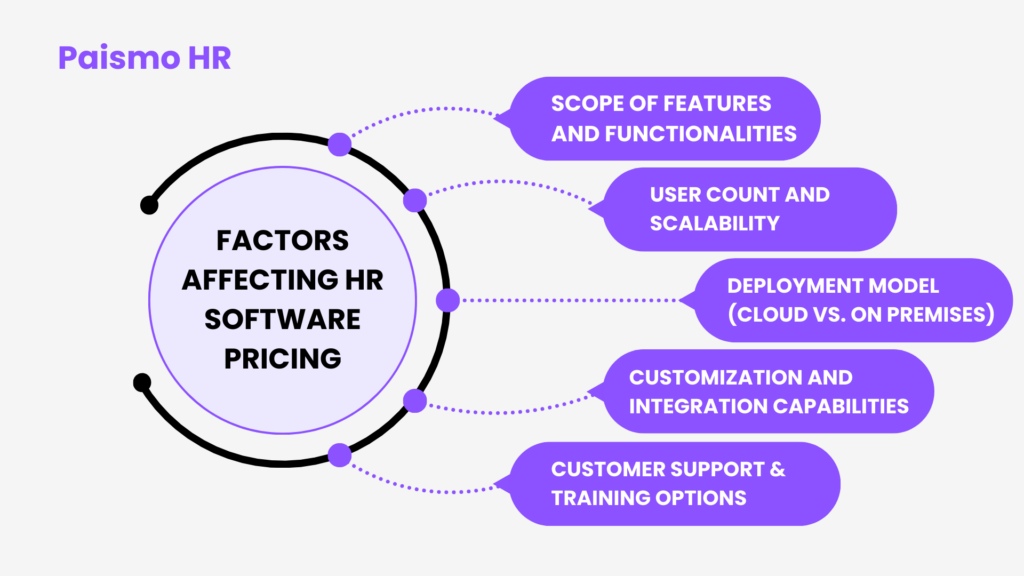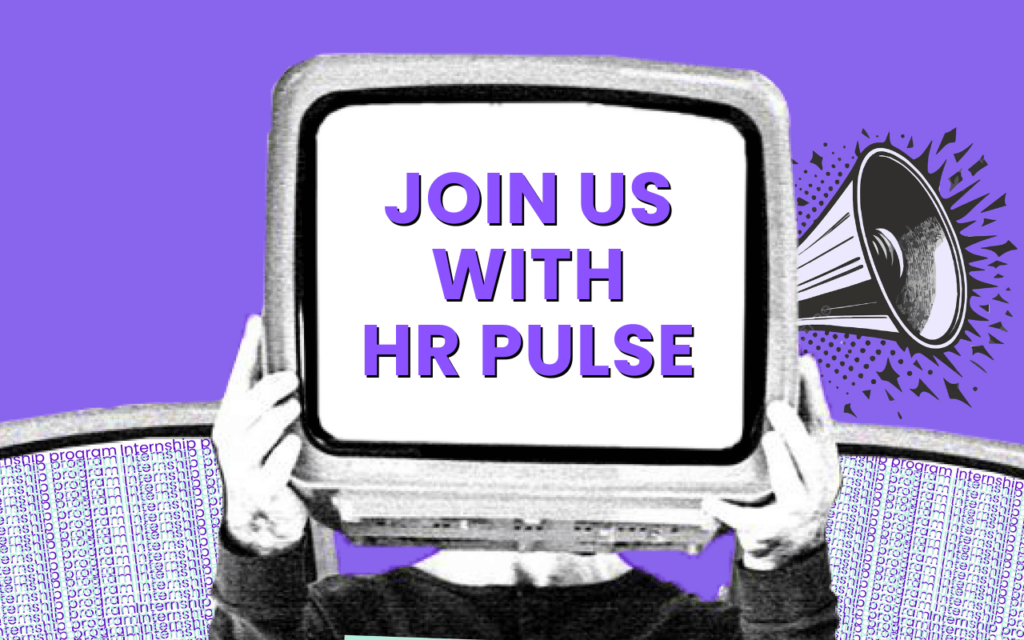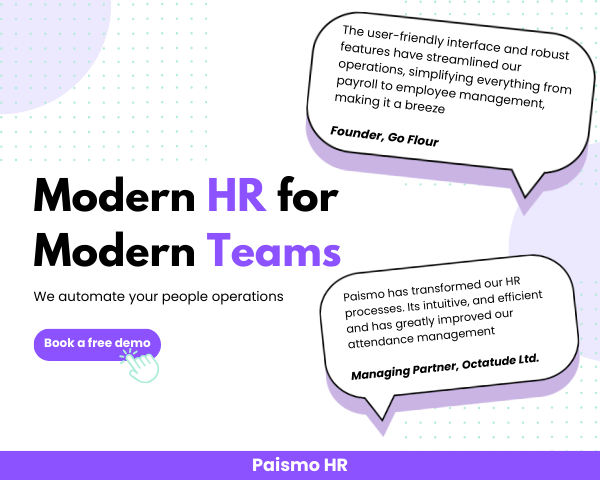Key highlights
- HR software pricing is one of the key factors that decide whether a company will be implementing one for their processes or not.
- Its likely that multiple factors are to be considered by a business before implementing a HR software.
- A comparison of the pricing models for various types of HR software is also given in this blog.
An Introduction to HR softwares
In today’s fast-paced business environment, HR software is crucial in streamlining human resources processes, from recruitment and onboarding to payroll and performance management. This type of software automates and simplifies various HR functions, allowing organizations to manage their workforce efficiently and effectively. However, with a wide array of options, understanding HR software pricing is essential for making informed decisions that align with your business needs.
Knowing the costs associated with HR software helps in budgeting and ensures that you invest in a solution that provides the best value for your organization. Without a clear understanding of pricing structures, businesses risk overspending on features they may not need or choosing an underpowered solution that fails to meet their requirements.
In this blog, we will explore the various factors that influence HR software pricing, common pricing models available in the market, and how to evaluate the value you receive for your investment. By the end, you will be equipped with the knowledge to navigate HR software pricing confidently and make decisions that contribute to your organization’s success.
Factors Affecting HR Software Pricing Models
When considering HR software pricing, it's essential to recognize that several factors can influence the overall cost. Understanding these elements will help businesses select the correct software within their budget while ensuring they meet their HR needs effectively.
Scope of Features and Functionalities
One of the primary determinants of HR software pricing is the range of features offered. Basic systems may include essential functions like payroll and employee management, while more advanced solutions may offer capabilities such as performance tracking, recruitment, and analytics. The more comprehensive the features, the higher the HR software pricing. As such, it's crucial to evaluate which core HR functionalities are necessary for your organization to avoid overpaying for unnecessary features.
User Count and Scalability
Another critical factor is the number of users or employees accessing the HR software. Most providers base their HR software pricing on a per-user or per-employee model. Therefore, as your organization grows, the costs may increase correspondingly. Choosing a solution that offers scalability is vital; you want to ensure your HR software can expand alongside your business without prohibitive costs.
Deployment Model (Cloud-Based vs. On-Premises)
The deployment model significantly impacts HR software pricing. Cloud-based solutions like Paismo often have lower initial costs and allow for easier updates and maintenance, while on-premises systems typically require higher upfront investments for hardware and licensing. It's essential to weigh the long-term financial implications of each option, as cloud solutions usually come with recurring subscription fees, while on-premises software may involve larger one-time costs.
Customization and Integration Capabilities
Lastly, the ability to customize the software and integrate it with existing systems can significantly impact pricing. Highly customizable solutions tend to come with higher costs due to the development work involved. Additionally, if the HR software needs to be integrated with other tools, such as accounting software or workforce management systems, these factors can further influence HR software pricing. As a startup, it’s crucial to assess your integration needs to ensure that you don’t incur unexpected expenses down the line.

By understanding these factors affecting HR software pricing, businesses can make more informed choices that align their budget with their HR objectives, ultimately leading to a more efficient and scalable workforce management solution.
Common Pricing Models for HR Software
Understanding the different HR software pricing models is crucial for making an informed purchasing decision. Various pricing structures are designed to accommodate the diverse needs of organizations, whether they are small startups or larger enterprises. Here are some of the most common pricing models you will encounter:
Subscription-Based Pricing
Subscription-based pricing is one of the most popular models in the HR software market. Under this model, businesses pay a recurring fee to access the software. Users typically have the option to choose between monthly or annual plans. Opting for an annual subscription often results in a lower overall cost compared to paying monthly, making it a savvy choice for organizations looking to optimize HR software pricing while securing long-term access.
Per-Employee Pricing
Another prevalent model is per-employee pricing, where costs are determined based on the number of active users or employees utilizing the system. This approach can be beneficial for organizations that want to scale their HR capabilities as they grow. However, businesses should carefully consider their employee count when evaluating HR software pricing, as these costs can increase significantly with workforce expansion.
Tiered Pricing Plans
Many HR software providers offer tiered pricing plans, which provide different levels of features and functionalities at varying price points. For instance, a basic tier might include essential features, while higher tiers offer more advanced tools like analytics or employee performance management. This model allows businesses to choose a plan that aligns with their budget and needs, making it essential to analyze the value provided at each tier when assessing HR software pricing.
Freemium Models and Trial Periods
Some HR software providers offer freemium models or trial periods, allowing businesses to test the software before committing to a payment plan. With a freemium model, basic features are available for free, while advanced functionalities are locked behind a pay wall. This approach can be an excellent way for startups to explore software without initial costs, but it’s essential to evaluate whether the free version meets your needs fully. Understanding the transition from free to paid versions is crucial in the context of HR software pricing.
Budgeting for HR Softwares
When it comes to HR software pricing, budgeting effectively is essential for ensuring that your investment aligns with your startup or business size. To create a budget tailored to your specific needs, start by assessing the core HR functionalities required for your operations. This involves evaluating the number of users, necessary features, and any additional support services you may need. By understanding these requirements, you can create a realistic budget that accurately reflects the expected HR software pricing.
In addition to immediate costs, long-term financial considerations are crucial when budgeting for HR software. As your business grows, your HR needs will likely expand as well requiring more functionalities. It’s important to factor in scalability when evaluating potential software options. Consider whether the pricing model accommodates growth, such as per-employee pricing or tiered plans, to avoid future financial strain. Additionally, plan for future upgrades or new features that may become necessary as your organization evolves.
Moreover, adopting an automated HR software solution can lead to significant cost savings in the long run. By automating processes like payroll, time tracking, and performance management, businesses can reduce manual labor costs and minimize errors, leading to increased efficiency. When budgeting, be sure to consider these potential savings and how they can offset the ongoing HR software pricing. Ultimately, carefully strategizing your budget will help ensure that you choose a solution that meets your financial needs while supporting your organization’s growth.
Conclusion
In conclusion, understanding HR software pricing is a crucial step in selecting the right solution for your business. By exploring various pricing models and considering factors like features, scalability, and long-term financial implications, you can make an informed decision that aligns with your organization’s needs and budget.
Whether you opt for a subscription-based service, per-employee pricing, or a tiered plan, being proactive in your budgeting can lead to significant cost savings and operational efficiencies in the long run. As you embark on this journey, remember that investing in the right HR software not only streamlines your HR processes but also positions your business for sustainable growth. By making strategic choices today, you can empower your workforce and set your organization up for success in the future.
Become a part of the Paismo community
Paismo can help simplify your HR processes. In today's dynamic economic environment, efficient HR and automated payroll management are no longer a luxury but a necessity. Paismo is a comprehensive solution that transforms traditional HR complexes into streamlined and automated workflows. Paismo and its paired biometric devices can be used for your business to mark employee attendance and record their timesheets accurately.
Paismo simplifies your tasks with its core HRMS, timesheets, and attendance management, as well as biometric attendance, payroll automation, and leave management system.
Take the first step toward modernizing your HR and payroll processes and explore what Paismo can do for you. Book a demo with our exceptional sales team here.









